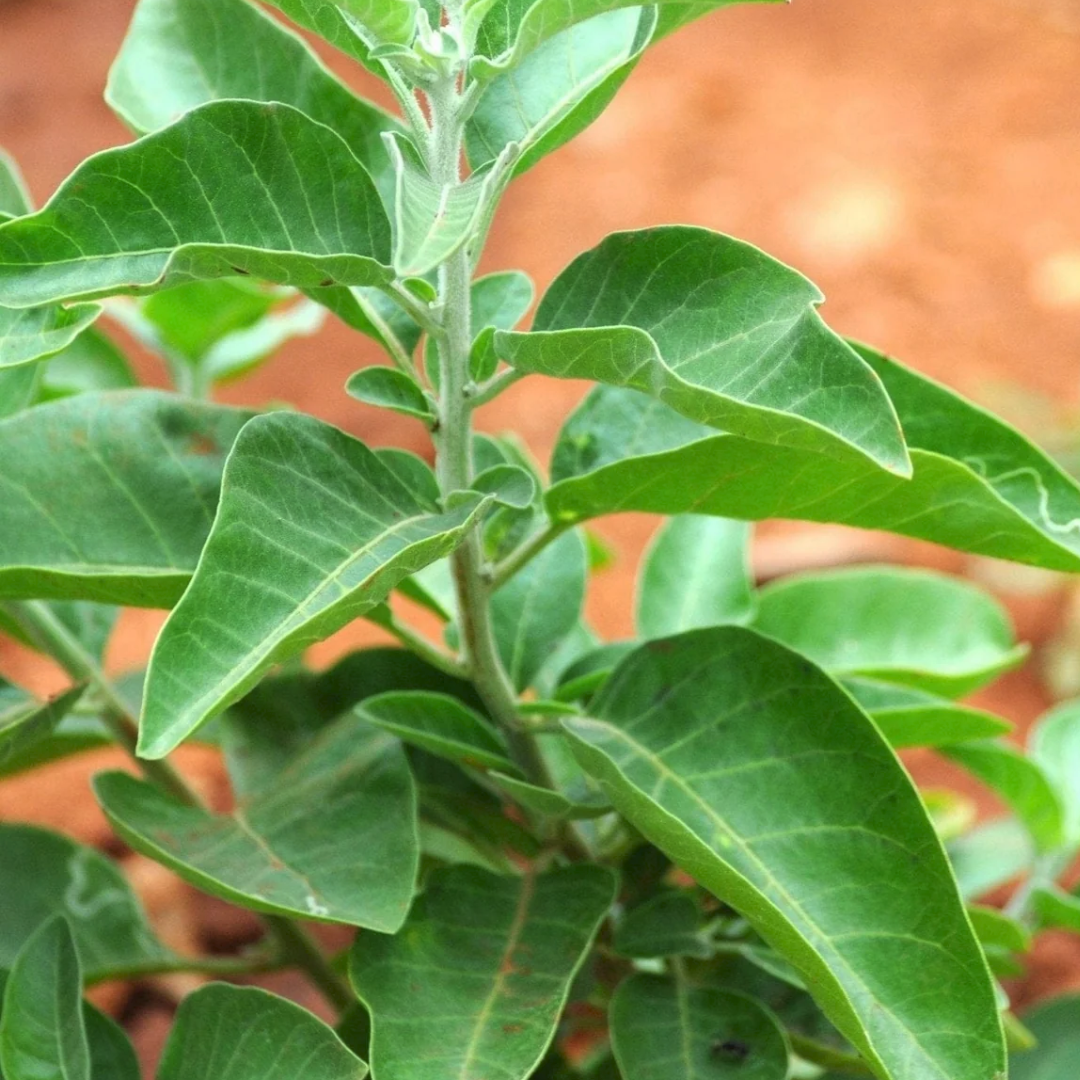





Product page > Variant picker block.Vedic Ashwagandha (Withania somnifera) aka Indian Ginseng is considered a perennial in zone 4-8 so it might be a very questionable perennial in our zone (Chattanooga) since we have recently been reassigned from zone 7 to 8 by the USDA (meaning our climate can support warmer weather plants). Ashwagandha has a rich history of traditional use for its potential health benefit since it contains a substance that helps the body cope with stress and promotes overall well-being. Ashwagandha is classified as an adaptogen due to its ability to help the body adapt to stressors, whether physical, mental, or emotional. Adaptogens are plants and mushrooms that help your body respond to stress, anxiety, fatigue and overall well being. You can take adaptogens by adding them to food or beverages or take them as tinctures. Adaptogens bring your body back to a steady balance by managing both physical and mental stress. It is believed to reduce stress and anxiety while enhancing resilience and promoting a sense of calm.
Ashwagandha thrives in full sun to partial shade. Ensure that the plant receives at least 6-8 hours of sunlight daily for optimal growth. Well-drained, sandy loam or loamy soil with good fertility is ideal for Ashwagandha. Drought tolerant once established. The pH level should be slightly alkaline to neutral, ranging from 7.5 to 8.0. Maintain moderate and consistent soil moisture. Water the plant when the top inch of soil becomes dry. Avoid waterlogged conditions, as Ashwagandha is susceptible to root rot. Ashwagandha is well-suited for regions with warm to hot climates. It is sensitive to frost and cold temperatures, so it is essential to protect the plant from freezing conditions.
Traditionally, ashwagandha plants were grown for their roots. In USDA zones 7 and higher, these slowly growing plants are perennials and grow up to 3 feet tall. ts leaves are long and elliptical, yellow-green. Its flowers are tiny bell-shaped followed by bright orange-red berries. Ashwagandha is ready to harvest when flower and berries start to form and leaves begins to dry out. Harvest ashwagandha roots. After harvesting, roots, and barriers are separated from the plant. Roots are washed and cleaned and cut into small pieces of and dried in sun or shade. Berries are also separated from the plant, dried, and crushed to take out seeds.
In humans, large doses of ashwagandha could cause diarrhea and vomiting, which is why it's important to follow dosage instructions. Benefits of Ashwagandha for dogs: relieve stress and anxiety by regulating the nervous system. Support your dog's immunity and reduce inflammation. Deer Resistant.
Plant size and shape may differ from what is pictured.
For mail orders: Plants may go through shock during shipping. Upon arrival, take the plant out and water it thoroughly. If you are not satisfied with your purchase, please notify us via email at sales@amgardens.com and include a photo(s) within 24 hours of plant arrival.
For in store purchases: If you are not satisfied with your purchase, please call us at 423-870-5000 or return the plant in its original pot/condition within 3 days. Trees and shrubs have a 1 year warranty (exceptions may apply), but we highly encourage you to give us a call or email if you notice issues with your plant. We'd love to help you figure out what's wrong and save your plant!
Orders are shipped on Wednesdays and Thursdays; if your order is placed on a Wednesday, it may not ship until the following Wednesday. During peak season there may be delays in shipping. If it is too hot or cold, we suggest ordering during milder months to ensure plants arrive in best condition.